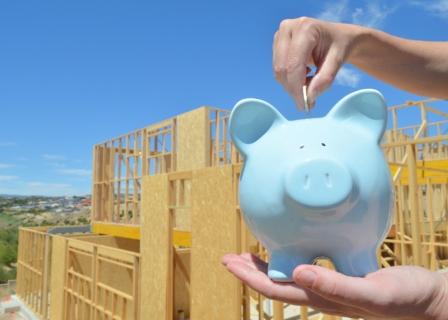
Just as trees grow toward the sky, so too can your net worth climb if you choose to invest in precious timber. Although there are a staggering number of investment types and opportunities around the world, timber is a consistent performer that has been overlooked by many.
Savvy investors, however, know that the increasing demand for precious timber coupled with ever the dwindling supply translates to constant growth and serious financial gains in the years to come. Find out how investing in timber can add one of the only low-risk high-return assets to your portfolio; while securing its value well into the future.
Demand for Timber Climbs Around the World
The biggest and most obvious reason to invest in timber is simply because the material is necessary for numerous projects around the world. Demand is consistently growing, meaning that there will always be buyers who are willing to pay what the market value dictates for timber.
China, for example, is a country with more than 1.3 billion residents, but the nation's infrastructure is lacking. Bridges, skyscrapers and roads have to be constructed, and these ongoing projects require wood.
China is just one of the countless developing countries who will require more wood year after year, and nations like the United States will continue to require timber, although perhaps not at such a drastic annual increase. In fact, China anticiipates a 50M cubic meter shortfall in pulp products alone by 2020. They have restricted all exports of timber and are insatiably grabbing worldwide supply.
Consistent Harvest Limits Production
As the environment becomes a major conversation topic around the world, timber is no longer harvested continually. Renewable forestry places an emphasis on consistent harvest each year that matches up with the planting of new trees. In this way, the planet is guaranteed a certain number of trees at any one time, which is undoubtedly great for the environment, the air and the planet as a whole. Believe it or not, the only country in the world that has more trees now than it did 100 yeaers ago it the United States of America.
However, reforstation regulations also limit the supply of timber each year, regardless of demand. In this way, investing in precious timber is a secure choice because while demand remains high, supply is limited to what is available to harvest in any given year.
Add Diversity to Your Portfolio
Another fantastic way that investing in precious timber can help your portfolio is by offering some necessary diversity. Even the savviest investors know that there is no such thing as a certain investment, which means that spreading your holdings across several countries and industries is key.
If you currently only have investments in things like financial firms or foreign currencies, then branching out into timber can be a smart move. Spreading the risk level through diversification is how you can reduce your vulnerability, protecting your financial security for today as well as the stability for your dependents and loved ones decades from now.
For those new to the world of investing domestically or internationally, timber can be a straightforward, easy to understand option. Timber can help you beat rising inflation, and it boasts a relatively steady average return of 15 percent every year for over 25 years.
You don't have to worry about fluctuating stock markets or follow financial ticker tapes if you choose not to, because precious timber is not a product with a rapidly shifting value. It offers long-term stability and the potential for steady growth over time.
Choosing to invest in precious timber can be an incredibly smart move. Thanks to renewable forestry efforts and the growth cycle of trees, timber can only be harvested in limited amounts, but demand continues to rise around the world. This combination means profit and stability for you as an investor.

